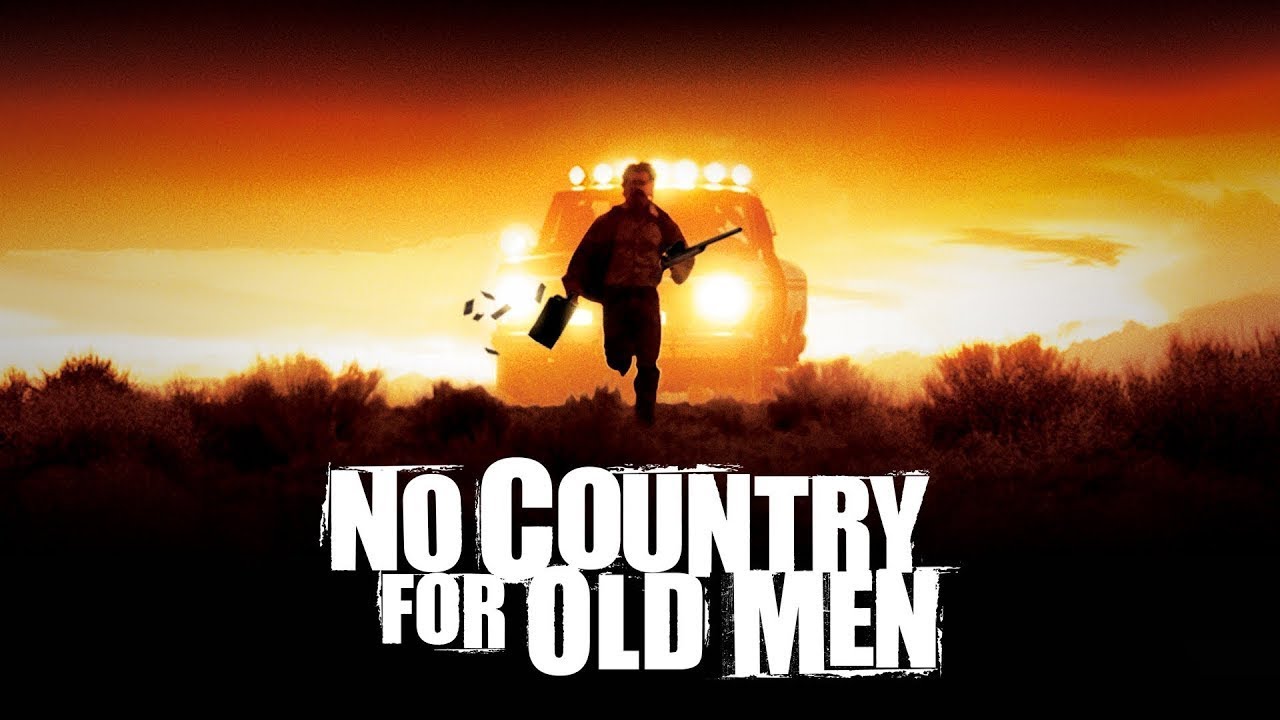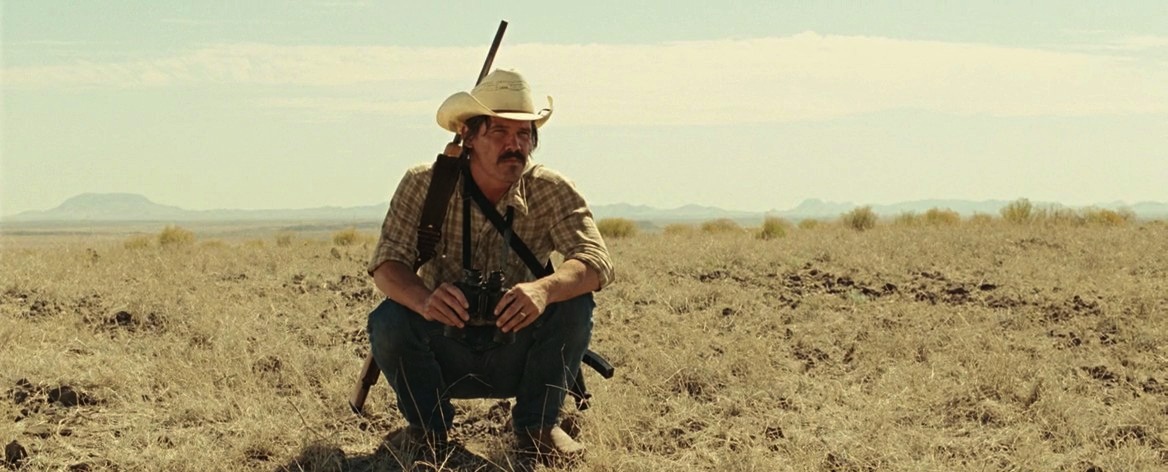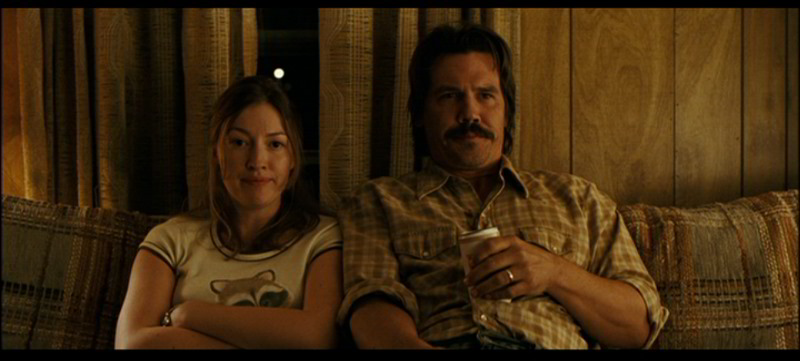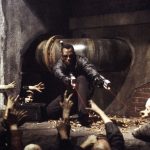🎬 No Country for Old Men (2007) – A Haunting Tale of Fate and Survival

Directed by the Coen brothers, No Country for Old Men is an intense, atmospheric thriller that dives into themes of fate, morality, and the relentless nature of violence. Based on Cormac McCarthy’s novel, this film paints a haunting portrait of crime and consequence set against the desolate landscapes of West Texas.
Plot Overview
The story begins when Vietnam veteran Llewelyn Moss stumbles upon a drug deal gone wrong in the desert, finding two million dollars in cash at the scene. Deciding to keep the money, Moss becomes the target of relentless hitman Anton Chigurh, who is as methodical as he is ruthless. Meanwhile, Sheriff Ed Tom Bell tries to keep up with the spiraling violence in his county, reflecting on the changing nature of crime and justice.
Key Themes
- The Inescapable Nature of Fate: Chigurh’s signature method of flipping a coin to determine his victims’ fates symbolizes the randomness of life and death.
- Moral Ambiguity: The film explores the blurred lines between good and evil, where the characters grapple with decisions that challenge traditional ideas of morality.
- The Disappearance of Order: Sheriff Bell’s perspective highlights the disintegration of traditional values and the sense of helplessness in the face of increasing brutality.
Character Profiles

- Anton Chigurh: Played chillingly by Javier Bardem, Chigurh embodies pure, unyielding menace. His quiet demeanor and strange moral code make him one of cinema’s most memorable villains.
- Llewelyn Moss: Portrayed by Josh Brolin, Moss is a man caught between survival and greed. His resourcefulness and determination make him a compelling, if flawed, antihero.
- Sheriff Ed Tom Bell: Played by Tommy Lee Jones, Bell is the weary lawman who struggles to understand the rising tide of violence in a world that seems to be leaving him behind.
Cinematic Techniques
The Coen brothers’ direction is masterfully restrained, using minimal music to heighten the tension and relying on stunning cinematography to capture the bleak, vast Texas landscape. Roger Deakins’ cinematography employs stark, sweeping shots that convey both the isolation of the desert and the moral emptiness of the characters’ worlds.
Sound Design

The film’s sparse soundscape is a significant element, with quiet, almost silent sequences that increase suspense. The lack of a musical score forces the audience to focus on every small sound, making each gunshot, footstep, and breath more pronounced, adding to the sense of dread.
Key Scenes
- Coin Toss Scene: One of the film’s most intense moments, where Chigurh forces a gas station clerk to call a coin toss, leaving his fate to chance. This scene encapsulates Chigurh’s twisted worldview and serves as a symbolic moment of life and death hanging in the balance.
- Desert Chase: The tense pursuit of Moss by Chigurh across the desert is a masterclass in suspense, showcasing Moss’s resourcefulness and Chigurh’s persistence.
Legacy and Impact
No Country for Old Men won four Academy Awards, including Best Picture, Best Director, Best Supporting Actor for Bardem, and Best Adapted Screenplay. Its philosophical depth, combined with its unrelenting suspense, has made it a modern classic, sparking discussions about the nature of evil, the randomness of fate, and the inevitable march of time.
Perfect For Fans Who Enjoyed:
- There Will Be Blood – For its bleak, character-driven exploration of ambition and morality.
- True Grit – Another Coen brothers’ adaptation set in the Wild West, with themes of justice and survival.
- Sicario – For its gripping atmosphere and exploration of morality in a violent world.
In conclusion, No Country for Old Men is a haunting, relentless journey that confronts the audience with unsettling truths about violence, fate, and human nature. The Coen brothers’ craftsmanship, combined with unforgettable performances, makes this film an unforgettable exploration of a world where morality is often elusive, and survival is never guaranteed.











